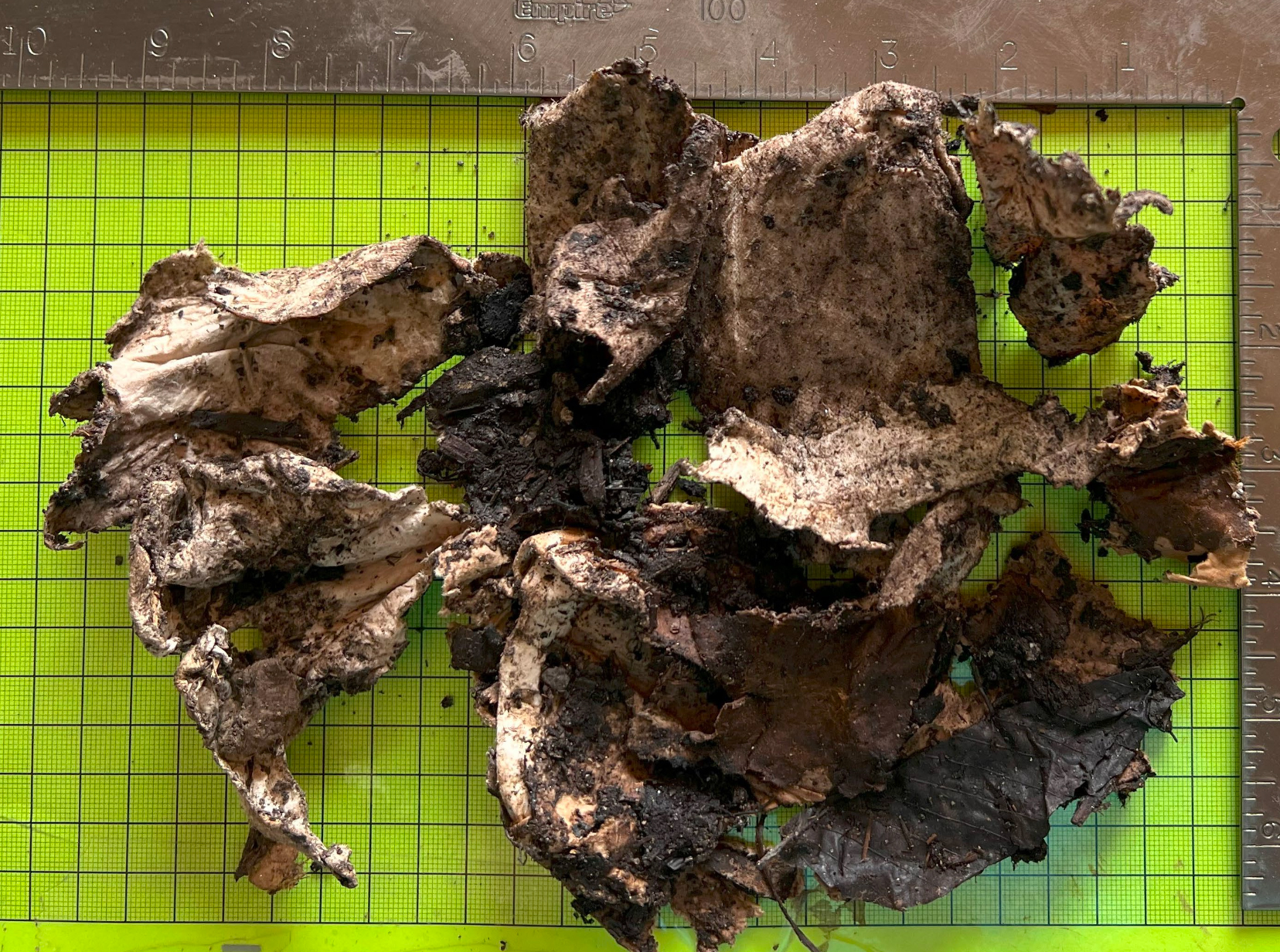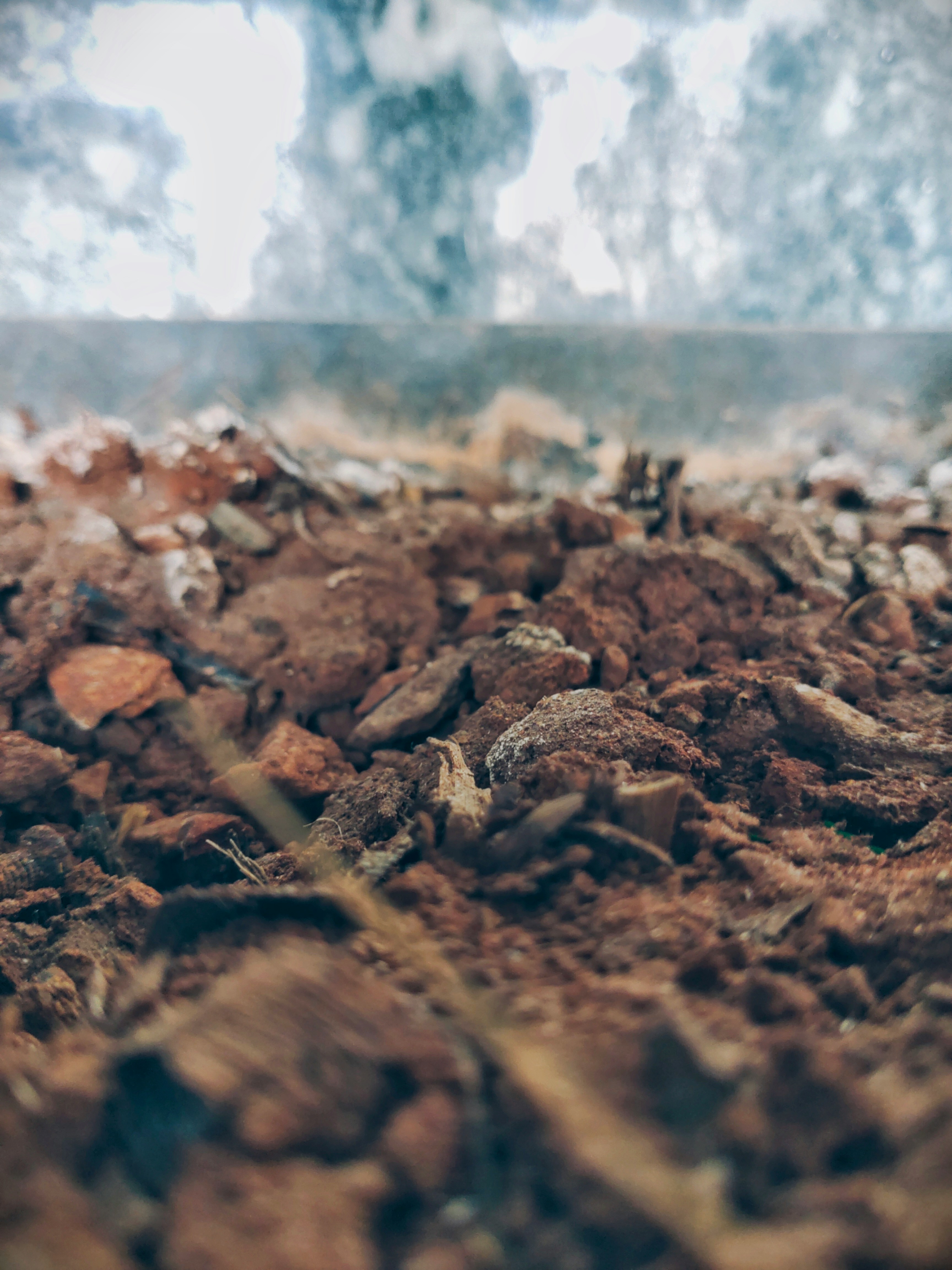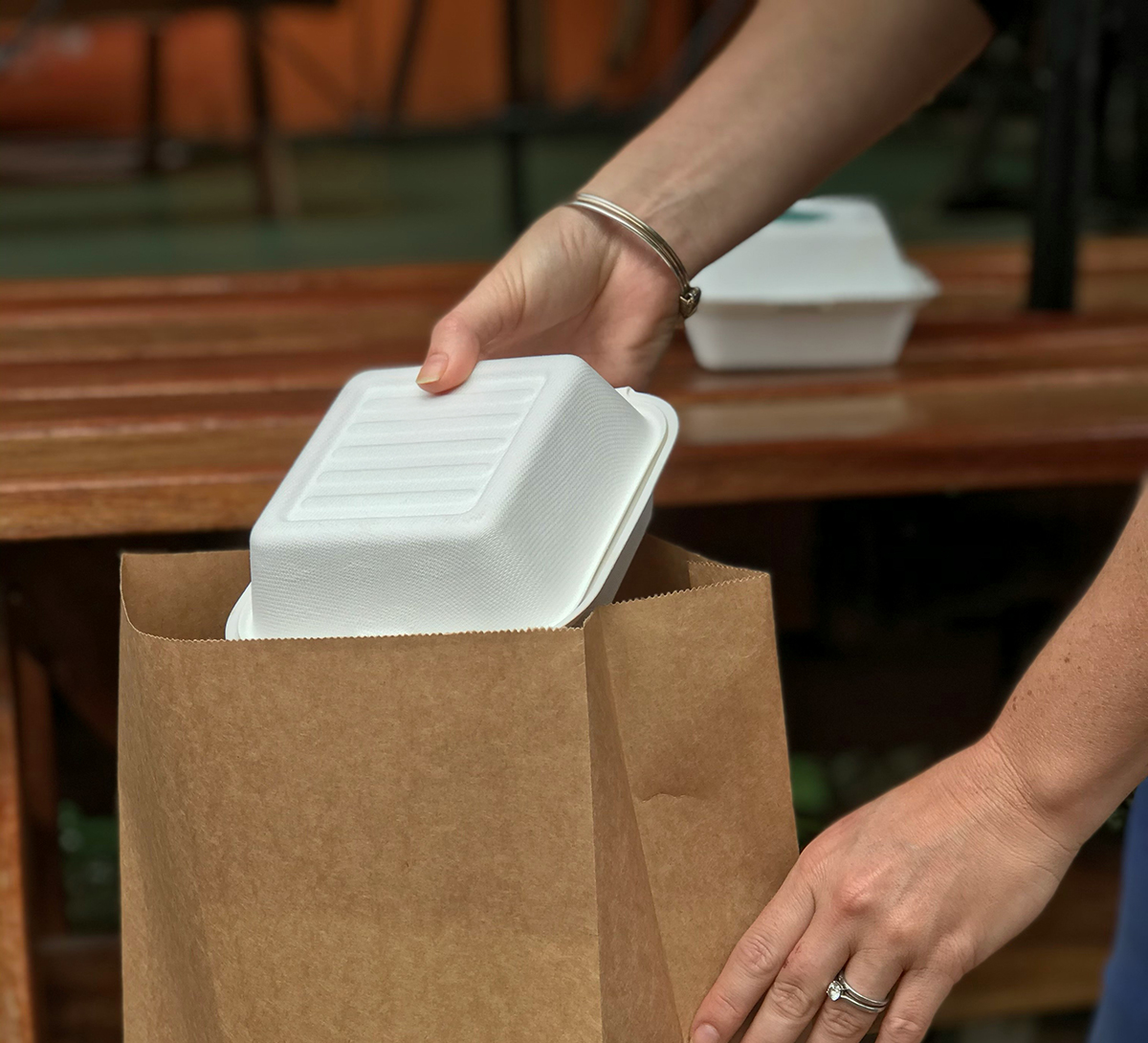To deeply explore the question, we designed the largest known field test of compostable packaging ever conducted in North America. We recruited ten best-in-class composting facilities across the U.S., spanning a range of sizes, geographies and technologies, and embarked on an 18-month study to measure the disintegration of over 23,000 units of compostable packaging.
Commercial composting varies enormously across facilities so we built a methodology that tracked real-world composability of packaging along with the conditions and technologies used at each site. This comprehensive approach allowed us to measure packaging disintegration while also identifying the ideal conditions to support the composting of food-grade packaging.
Our analysis revealed that composable plastic packaging and compostable fiber packaging both break down successfully in commercial composting facilities where appropriate operating procedures are in place, that is where moisture, temperature and oxygen levels are maintained within reasonable ranges. Additionally, the results highlighted best practices for breaking down compostable fiber packaging, which disintegrates faster with the help of mechanical agitation and higher moisture levels. The research also illustrated how composability alone is not enough to recover these materials: there is work ahead to minimize contamination from plastic packaging and extend best practices for handling compostable streams.


.svg)






